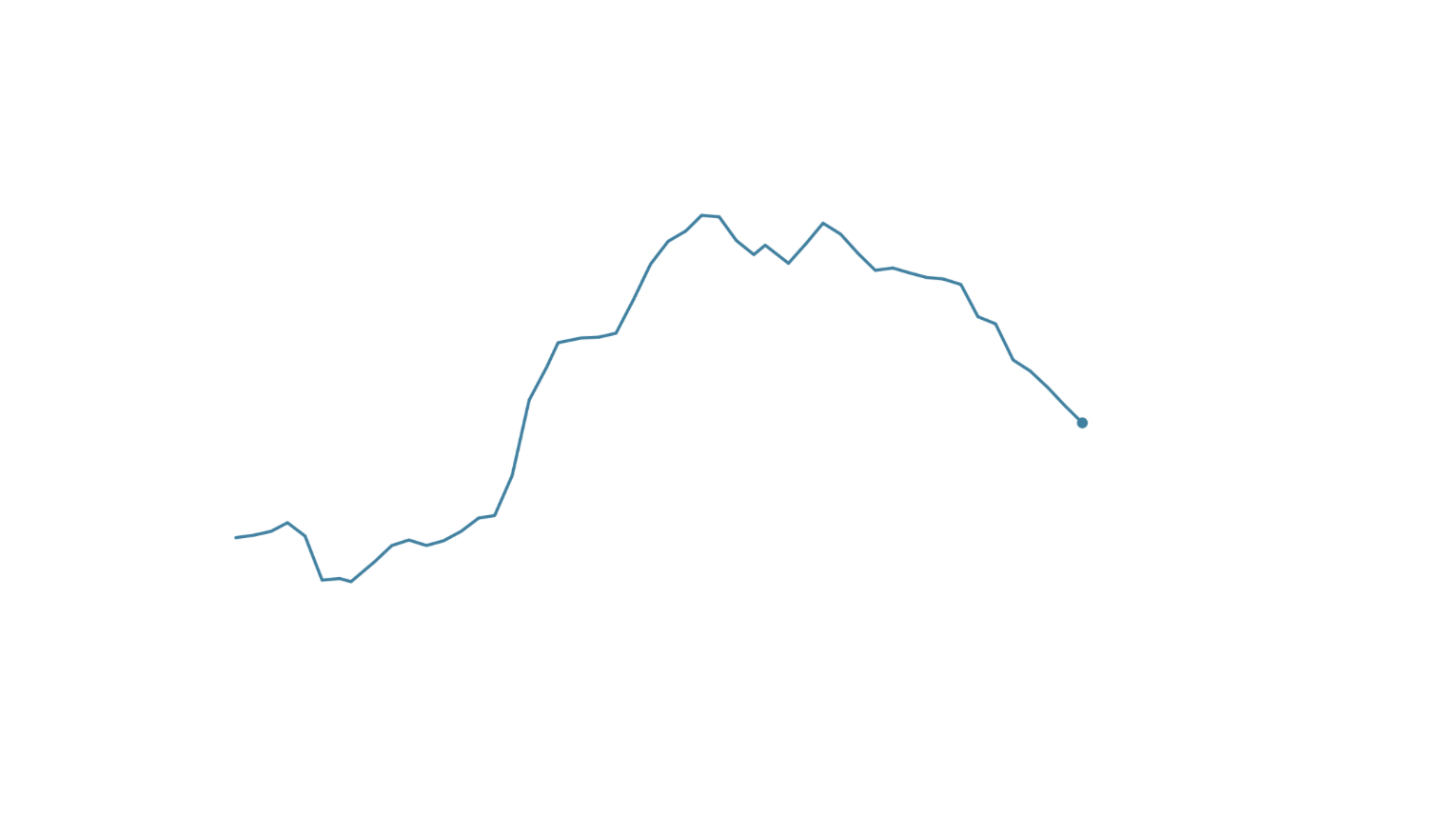Inflation fell without causing a major recession in the United States, and economic activity showed signs of continuing into late 2023.
- Core inflation – excluding food and energy prices – in the Personal Consumption Expenditures Index (an indicator the Fed specifically monitors), was 2.9% year-on-year in December, falling below 3% for the first time since March 2021.
- In 2023, real growth in the United States reached 2.5% on an annual basis, despite tight monetary policy and high interest rates.
- It is worth noting that growth in the fourth quarter of 2023 reached 3.3% on an annual basis, exceeding investors’ estimates of 2%.1.
The Federal Reserve is expected to maintain official interest rates at today's meeting.
- At its last monetary policy meeting, on December 13, the Fed also kept interest rates unchanged, between 5.25% and 5.5%.
- The last time the Fed raised interest rates – by 25 basis points – was in July 2023.
- The exact pace and timing of when the Fed is expected to begin cutting benchmark interest rates remains uncertain. However, the level of activity in the US economy mitigates fears of a recession associated with overly restrictive monetary policy: the Fed could therefore see less risk in keeping interest rates at their current level for a longer period.
- As the IMF said yesterday, “the challenge for policymakers in the short term is to manage the eventual decline in inflation towards the target.”2.
Last week, the European Central Bank left interest rates unchanged. Tomorrow, the Bank of England will make its decision on monetary policy, and is expected to leave it unchanged.
Yesterday, the International Monetary Fund revised its global growth forecast for 2024 upward (+0.2%) from its forecast for October, an increase driven by improved prospects for the United States (+0.6%) and China (+0.4%), while Global economic outlook and Eurozone deteriorated further (-0.3%).
- Growth in the Eurozone is particularly affected by Germany, which sees negative growth of -0.3% in 2023.
- The absence of a eurozone recession in 2023 and the lack of clear positive prospects for 2024 make the decision on the pace of monetary policy easing more risky for the ECB than for the Fed.
- Central Bank President Christine Lagarde announced in her last decision on January 25 that the Governing Council “will rely on the data” to determine this rhythm.3.





